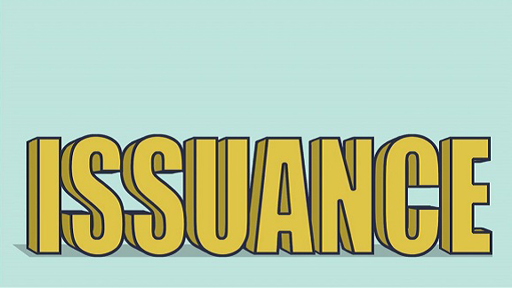Initial public offerings
The usual method for a Ltd to go public is to offer its shares via an initial public offering (IPO). The process of an IPO can be summarised in three steps. Watch the following animation for an outline of the process.

Transcript: Video 2 The process of an IPO
Activity 7 Equity finance in practice
Part A Should DrinkIT stay private or go public?
DrinkIT is a private limited company established in the food and beverage sector. The managers at DrinkIT are currently exploring possibilities to expand the business even further, for which a large injection of funds will be needed. In particular, they are in the process of building a complex business plan to sustain the production of innovative non-alcoholic drinks called Mocktails. As the financial manager of DrinkIT, you must evaluate the case for raising the required funds through equity finance.
Question 1
What do you think the main advantages and disadvantages of DrinkIT’s two options? List your ideas below.
| Advantages of staying private | Disadvantages of staying private |
|---|---|
| Advantages of going public | Disadvantages of going public |
Discussion
| Staying private | Going public | ||
|---|---|---|---|
| Advantages | Disadvantages | Advantages | Disadvantages |
|
|
|
|
Question 2
Which is the option you would recommend for DrinkIT? Why?
Discussion
Given both the information provided and the main advantages and disadvantages for the two options, in the case of DrinkIT it would be preferable to go public. However, management should be aware of the effort it will have to put into the processes required for DrinkIT to go public, and the challenges this may pose for the business plan.
Part B Facebook’s ‘botched’ IPO: what went wrong and why?
Much interest has been shown by financial analysts in the so-called ‘underpricing’ of shares offered through IPOs. Underpricing is evidenced by the price of shares rising (often sharply) in the immediate aftermath of the launch. Many traders try to take advantage of this common phenomenon.
If a fixed-price method is used for an IPO, then the lead bank (or co-leads) leading the offering will set the offer price at a level at which they are confident that all the shares will be sold to investors. This will mean that the banks underwriting the issue will not have to purchase a large proportion of the offer. Investors, knowing that the lead banks want to see a successful launch, may indicate a low price to force the issue price down as far as possible. Therefore, this often results in an unmet demand at the final offer price, with a surge in the traded share price on and after the launch date.
On 18 May 2012, Facebook held its IPO. By raising over $16 billion it became one of the largest IPOs in history. Quite surprisingly, there was no underpricing. On the first day of trading, the stock closed flat at its offer price. Many commentators described Facebook’s IPO as a ‘failure’ for the market.

Just four days after it went public on the stock market, Facebook became the centre of intense attention both on Wall Street and in Washington DC as shares hit $32, well below the initial offering price. Watch this video entitled ‘Facebook’s “botched” IPO: what went wrong and why?’ from 1.31 to the end.
Transcript: Video 3 Facebook’s ‘botched’ IPO: what went wrong and why?
What factors discussed in the video do you think are the most likely to have caused Facebook’s ‘botched’ IPO?
Discussion
One interpretation of Facebook’s botched’ IPO could be that going public was the right choice in order to grow the business. However, investors overvalued the company with respect to its fundamentals (e.g. data about earnings and sales growth, market share, etc.). Facebook’s valuation reached over 100 times its revenues. After the initial ‘euphoria’, investors acknowledged the discrepancy between the earnings (coming entirely from selling adverts) and its astonishingly high valuation. The share price started to lose value, reaching a new, disappointing, level.
In this section you have learned about the key steps in the process of stock issuance. The next section describes the other tool available to Plcs (as well as governments) to acquire financial resources, namely bond issuance.
